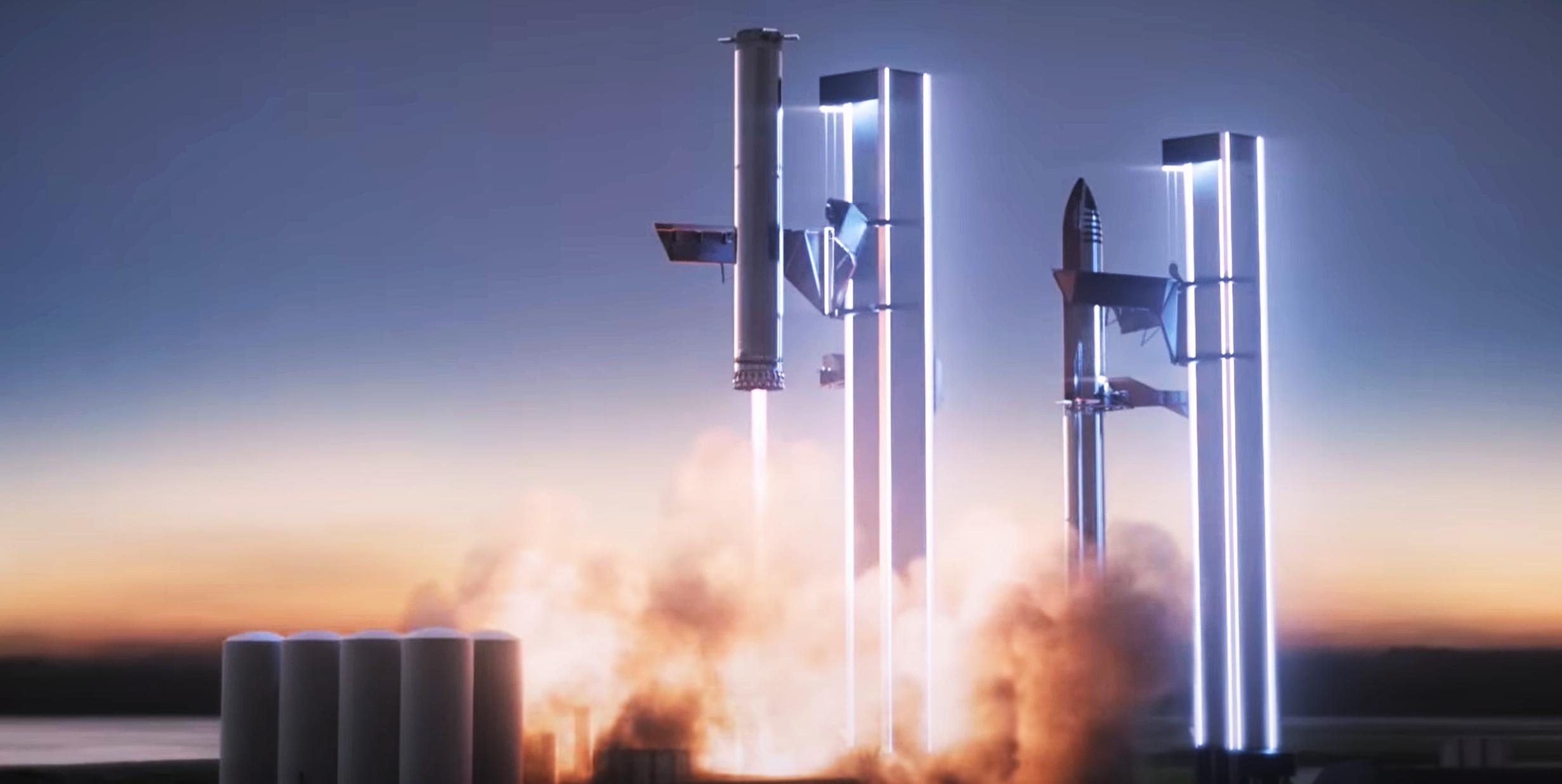

News
SpaceX wants to attempt Starship booster catch during first orbital launch
An updated document submitted by SpaceX to the US Federal Communications Commission (FCC) has revealed details about the company’s plan for the first Starship booster ‘catch’ attempt.
The document follows a different batch submitted by SpaceX in June 2021, when the company detailed its plans for Starship’s orbital launch debut as background while requesting permission from the FCC to use Starlink dishes for in-flight telemetry. A month earlier, a different request focused on more standard telemetry antennas had already revealed that even if the mission went perfectly, Starship would not fully reach orbit on its first attempted spaceflight. It also confirmed that SpaceX had no intention of recovering the upper stage or Super Heavy booster assigned to Starship’s launch debut – a sort of implicit acknowledgment that success was (then) not expected on the first try.
Twelve months later, SpaceX has submitted an updated overview of Starship’s orbital launch debut in a new request for permission to use multiple Starlink dishes on both stages. While most of the document is the same, a few particular details have changed about Super Heavy’s role in the mission.
This time around, SpaceX says that the Super Heavy booster will “will separate[,] perform a partial return[,] and land in the Gulf of Mexico or return to Starbase and be caught by the launch tower.” Prior to this document, SpaceX’s best-case plans for the first Super Heavy booster to launch never strayed from a controlled splashdown in the Gulf of Mexico – potentially demonstrating that it would be safe to attempt booster recovery on the next launch but all but guaranteeing that the first booster would be lost at sea.
A year later, SpaceX appears to be a bit more confident and wants to leave itself the option to attempt to recover the first Super Heavy booster that launches. However, the company has dramatically complicated the process of testing early Super Heavy and Starship recovery (and thus reuse) by fully removing traditional and predictable landing legs and designing its latest prototypes such that the only way they can be recovered in one piece is with a giant mechanized ‘launch tower’ nicknamed Mechazilla.
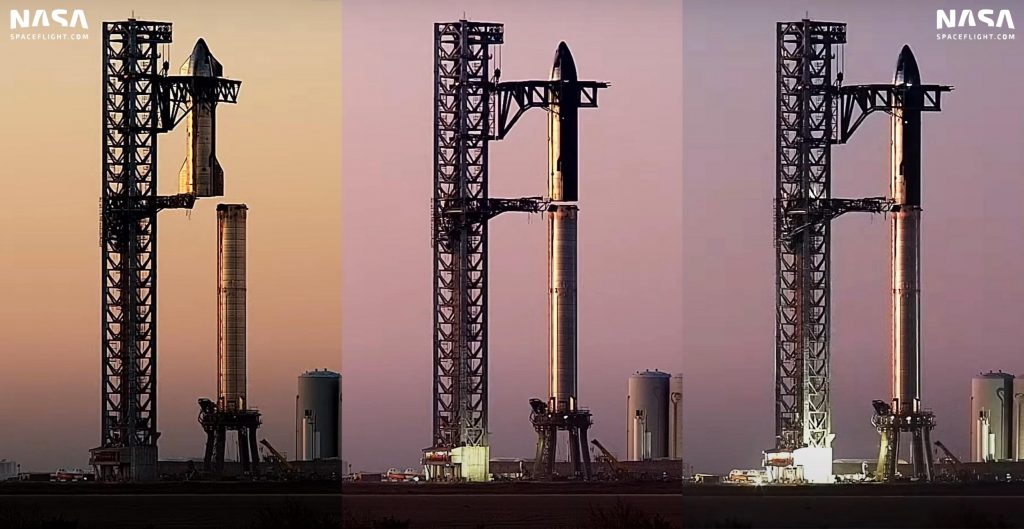
The launch tower and its three mobile arms will play a crucial role in all aspects of orbital Starship launches. The first arm swings out to brace Super Heavy for Starship installation and connect the upper stage to power, propellant supplies, and other launch pad utilities. A more exotic pair of arms nicknamed ‘chopsticks’ has a more complex job. On top of using the chopsticks to lift, stack, and demate Starships and Super Heavy boosters and almost any weather and wind conditions, SpaceX wants to use the arms as an incredibly complex and precarious rocket recovery system.
For a booster or Starship “catch,” the rocket will approach the tower, enter the gap between the splayed arms, hover in place while the arms close around it, and eventually come to rest on hardpoints that appear to offer about as much surface area as a coffee table. Based on a simulation of the process shown by Elon Musk, calling it a “catch” is a misnomer, as the arms will mainly move in one dimension (open/close) and can’t actually ‘grab’ the rocket in any real sense. As built and shown, they are closer to a tiny fixed landing platform capable of minor last-second positional adjustments.
Eventually, the chopsticks could shave a small amount of time off of post-recovery processing, removing the need for a crane (or the same arms) to attach to a landed booster or ship. They could also shave off the dry mass required for landing legs, though all interplanetary ships will still need legs. However, they will also inherently make proving their own efficacy a nightmare. By all appearances, the current recovery mechanisms on the arms and the landing hardpoints on ships and boosters mean that a ‘catch’ could fail if either stage is more than a foot or two from a perfect bullseye or rotated a few degrees in the wrong direction. With the method SpaceX has devised, even the tiniest error could easily end with a massive, pressurized, partially-fueled rocket destroying the chopsticks and plummeting a few hundred feet to the ground, guaranteeing an explosion that could damage surrounding infrastructure or start fires that might.
In the event of larger anomalies during a landing attempt, Starship or Super Heavy could accidentally impact the launch tower, damaging or even outright destroying the skyscraper-sized structure. Ultimately, the immense risk posed by any catch attempt means that unless SpaceX has miraculously gotten the design of everything involved nearly perfect on its first try, the company will have to be extraordinarily cautious and expend a large number of ships and boosters to avoid rendering its only Starship launch tower unusable.
At least to some extent, SpaceX likely knows this and Super Heavy would likely need to be in excellent health and perform perfectly during the ascent and boostback portions of its launch debut to be cleared for a catch attempt. Ultimately, Starship’s first orbital launch could end up being even more of a spectacle than it’s already guaranteed to be.
News
These Tesla, X, and xAI engineers were just poached by OpenAI
The news is the latest in an ongoing feud between Elon Musk and the Sam Altman-run firm OpenAI.
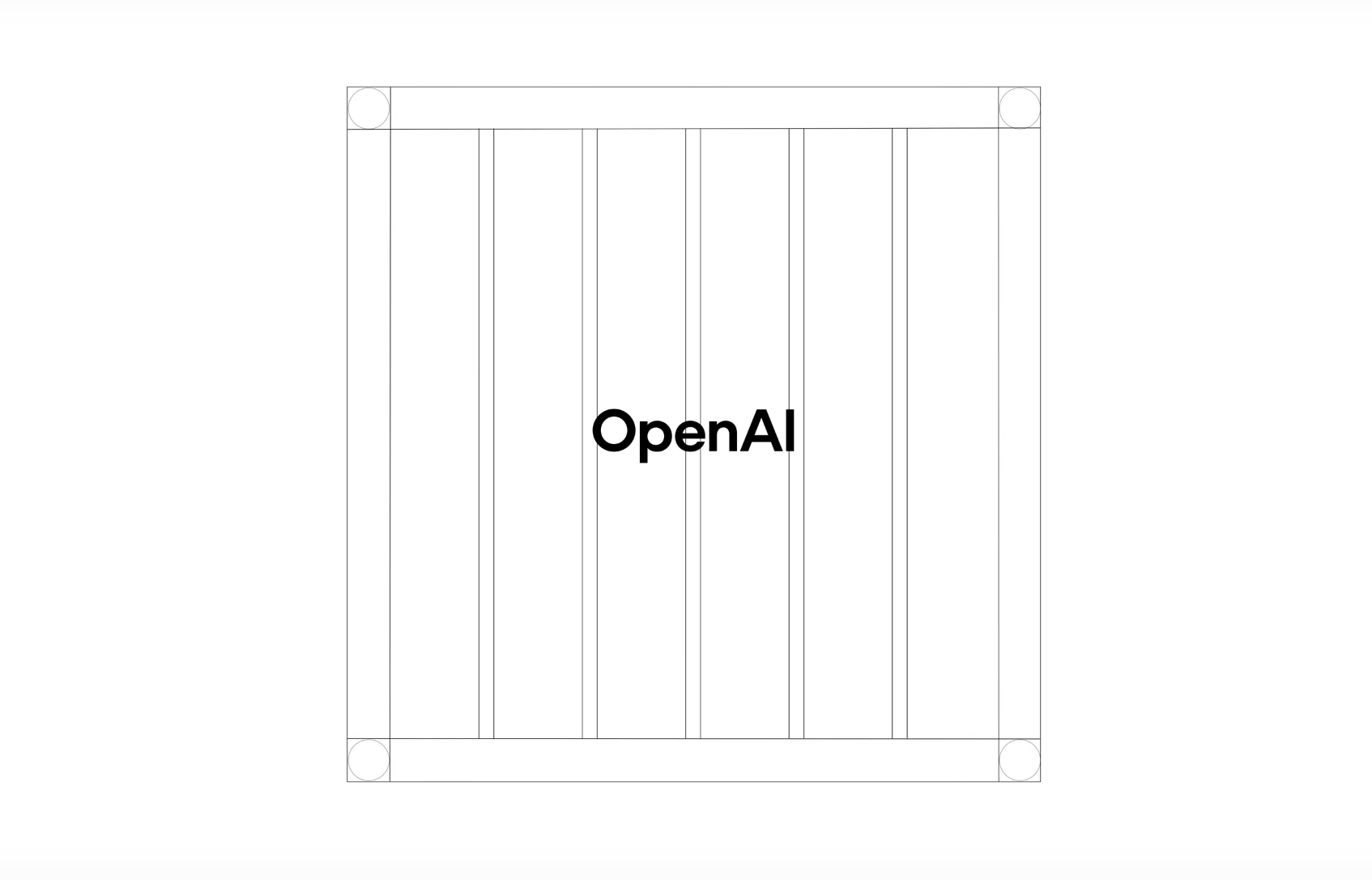
OpenAI, the xAI competitor for which Elon Musk previously served as a boardmember and helped to co-found, has reportedly poached high-level engineers from Tesla, along with others from xAI, X, and still others.
On Tuesday, Wired reported that OpenAI hired four high-level engineers from Tesla, xAI, and X, as seen in an internal Slack message sent by co-founder Greg Brockman. The engineers include Tesla Vice President of Software Engineering David Lau, X and xAI’s head of infrastructure engineering Uday Ruddarraju, and fellow xAI infrastructure engineer Mike Dalton. The hiring spree also included Angela Fan, an AI researcher from Meta.
“We’re excited to welcome these new members to our scaling team,” said Hannah Wong, an OpenAI spokesperson. “Our approach is to continue building and bringing together world-class infrastructure, research, and product teams to accelerate our mission and deliver the benefits of AI to hundreds of millions of people.”
Lau has been in his position as Tesla’s VP of Software Engineering since 2017, after previously working for the company’s firmware, platforms, and system integration divisions.
“It has become incredibly clear to me that accelerating progress towards safe, well-aligned artificial general intelligence is the most rewarding mission I could imagine for the next chapter of my career,” Lau said in a statement to Wired.
🚨Optimistic projections point to xAI possibly attaining profitability by 2027, according to Bloomberg's sources.
If accurate, this would be quite a feat for xAI. OpenAI, its biggest rival, is still looking at 2029 as the year it could become cash flow positive.💰 https://t.co/pE5Z9daez8
— TESLARATI (@Teslarati) June 18, 2025
READ MORE ON OPENAI: Elon Musk’s OpenAI lawsuit clears hurdle as trial looms
At xAI, Ruddarraju and Dalton both played a large role in developing the Colossus supercomputer, which is comprised of over 200,000 GPUs. One of the major ongoing projects at OpenAI is the company’s Stargate program,
“Infrastructure is where research meets reality, and OpenAI has already demonstrated this successfully,” Ruddarraju told Wired in another statement. “Stargate, in particular, is an infrastructure moonshot that perfectly matches the ambitious, systems-level challenges I love taking on.”
Elon Musk is currently in the process of suing OpenAI for shifting toward a for-profit model, as well as for accepting an investment of billions of dollars from Microsoft. OpenAI retaliated with a counterlawsuit, in which it alleges that Musk is interfering with the company’s business and engaging in unfair competition practices.
Elon Musk confirms Grok 4 launch on July 9 with livestream event
News
SpaceX share sale expected to back $400 billion valuation
The new SpaceX valuation would represent yet another record-high as far as privately-held companies in the U.S. go.
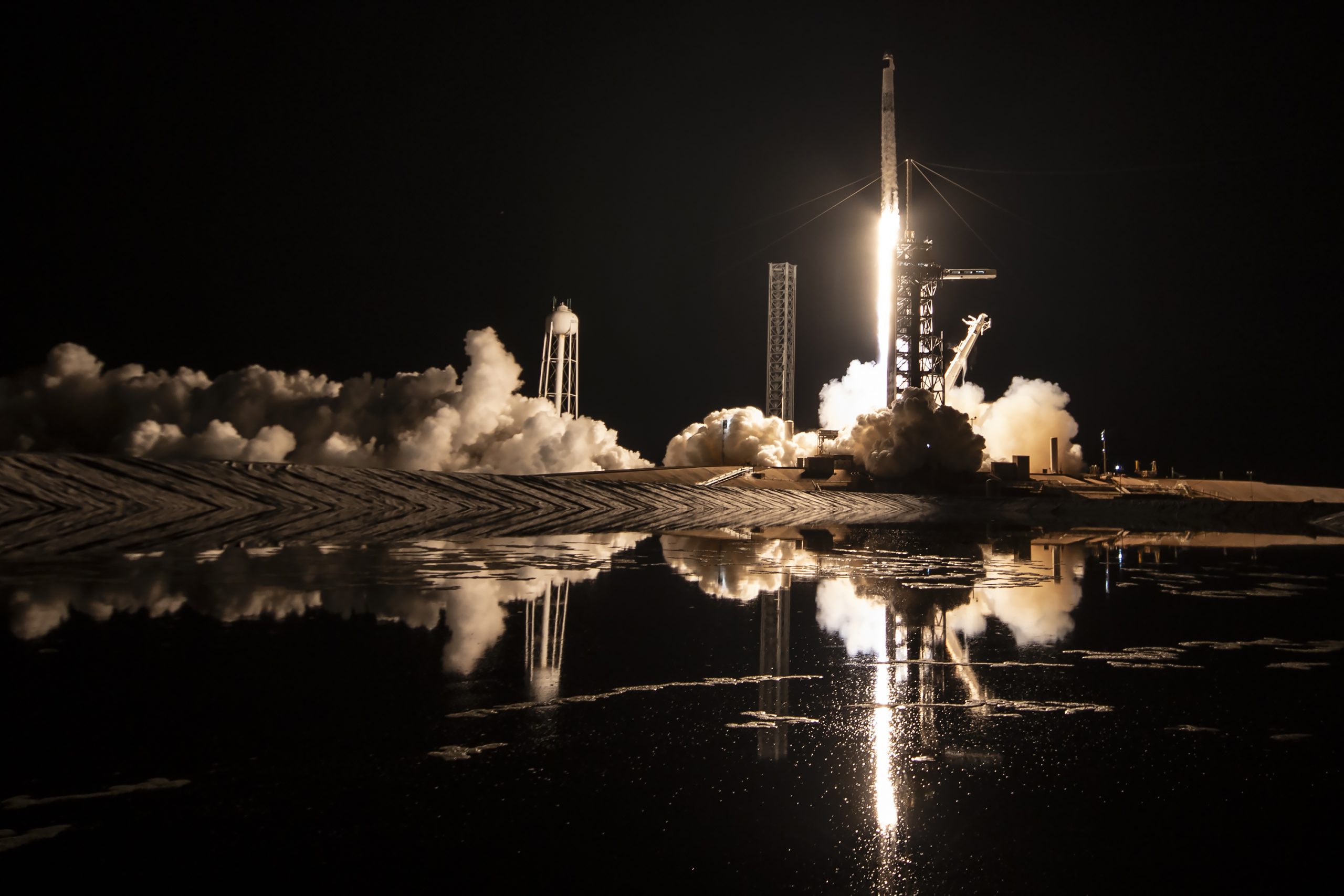
A new report this week suggests that Elon Musk-led rocket company SpaceX is considering an insider share sale that would value the company at $400 billion.
SpaceX is set to launch a primary fundraising round and sell a small number of new shares to investors, according to the report from Bloomberg, which cited people familiar with the matter who asked to remain anonymous due to the information not yet being public. Additionally, the company would sell shares from employees and early investors in a follow-up round, while the primary round would determine the price for the secondary round.
The valuation would represent the largest in history from a privately-owned company in the U.S., surpassing SpaceX’s previous record of $350 billion after a share buyback in December. Rivaling company valuations include ByteDance, the parent company of TikTok, as well as OpenAI.
Bloomberg went on to say that a SpaceX representative didn’t respond to a request for comment at the time of publishing. The publication also notes that the details of such a deal could still change, especially depending on interest from the insider sellers and share buyers.
Axiom’s Ax-4 astronauts arriving to the ISS! https://t.co/WQtTODaYfj
— TESLARATI (@Teslarati) June 26, 2025
READ MORE ON SPACEX: SpaceX to decommission Dragon spacecraft in response to Pres. Trump war of words with Elon Musk
SpaceX’s valuation comes from a few different key factors, especially including the continued expansion of the company’s Starlink satellite internet company. According to the report, Starlink accounts for over half of the company’s yearly revenue. Meanwhile, the company produced its 10 millionth Starlink kit last month.
The company also continues to develop its Starship reusable rocket program, despite the company experiencing an explosion of the rocket on the test stand in Texas last month.
The company has also launched payloads for a number of companies and government contracts. In recent weeks, SpaceX launched Axiom’s Ax-4 mission, sending four astronauts to the International Space Station (ISS) for a 14-day stay to work on around 60 scientific experiments. The mission was launched using the SpaceX Falcon 9 rocket and a new Crew Dragon capsule, while the research is expected to span a range of fields including biology, material and physical sciences, and demonstrations of specialized technology.
News
Tesla Giga Texas continues to pile up with Cybercab castings
Tesla sure is gathering a lot of Cybercab components around the Giga Texas complex.
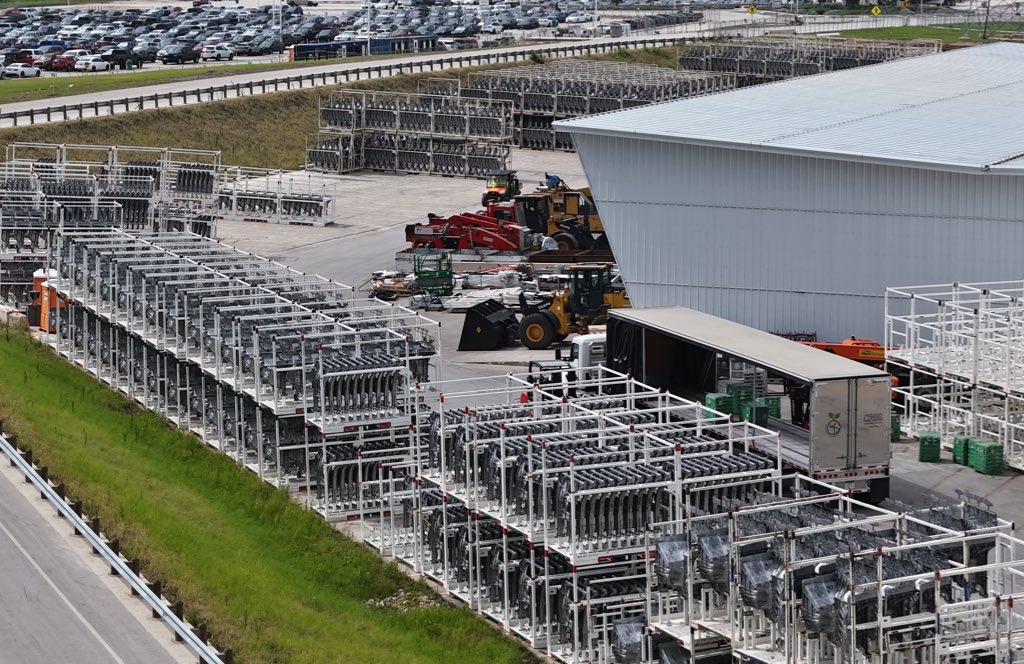
Tesla may be extremely tight-lipped about the new affordable models that it was expected to start producing in the first half of the year, but the company sure is gathering a lot of Cybercab castings around the Giga Texas complex. This is, at least, as per recent images taken of the facility.
Cybercab castings galore
As per longtime drone operator Joe Tegtmeyer, who has been chronicling the developments around the Giga Texas complex for several years now, the electric vehicle maker seems to be gathering hundreds of Cybercab castings around the factory.
Based on observations from industry watchers, the drone operator appears to have captured images of about 180 front and 180 rear Cybercab castings in his recent photos.
Considering the number of castings that were spotted around Giga Texas, it would appear that Tesla may indeed be preparing for the vehicle’s start of trial production sometime later this year. Interestingly enough, large numbers of Cybercab castings have been spotted around the Giga Texas complex in the past few months.
Cybercab production
The Cybercab is expected to be Tesla’s first vehicle that will adopt the company’s “unboxed” process. As per Tesla’s previous update letters, volume production of the Cybercab should start in 2026. So far, prototypes of the Cybercab have been spotted testing around Giga Texas, and expectations are high that the vehicle’s initial trial production should start this year.
With the start of Tesla’s dedicated Robotaxi service around Austin, it might only be a matter of time before the Cybercab starts being tested on public roads as well. When this happens, it would be very difficult to deny the fact that Tesla really does have a safe, working autonomous driving system, and it has the perfect vehicle for it, too.
-

 Elon Musk1 week ago
Elon Musk1 week agoTesla investors will be shocked by Jim Cramer’s latest assessment
-

 News2 weeks ago
News2 weeks agoTesla Robotaxi’s biggest challenge seems to be this one thing
-

 Elon Musk1 day ago
Elon Musk1 day agoElon Musk confirms Grok 4 launch on July 9 with livestream event
-

 News2 weeks ago
News2 weeks agoWatch the first true Tesla Robotaxi intervention by safety monitor
-

 News5 days ago
News5 days agoTesla Model 3 ranks as the safest new car in Europe for 2025, per Euro NCAP tests
-

 Elon Musk2 weeks ago
Elon Musk2 weeks agoA Tesla just delivered itself to a customer autonomously, Elon Musk confirms
-

 Elon Musk2 weeks ago
Elon Musk2 weeks agoxAI welcomes Memphis pollution results, environmental groups push back
-

 Elon Musk2 weeks ago
Elon Musk2 weeks agoElon Musk confirms Tesla Optimus V3 already uses Grok voice AI

















